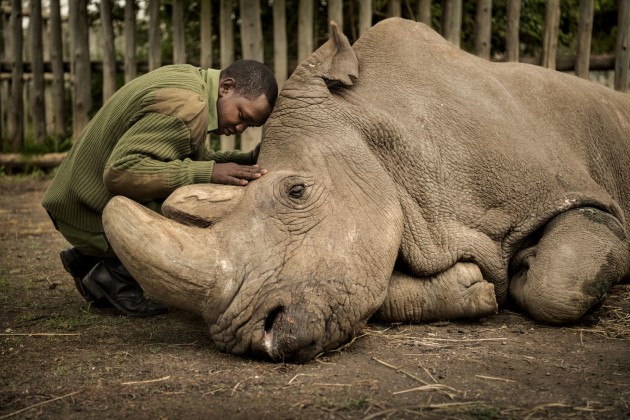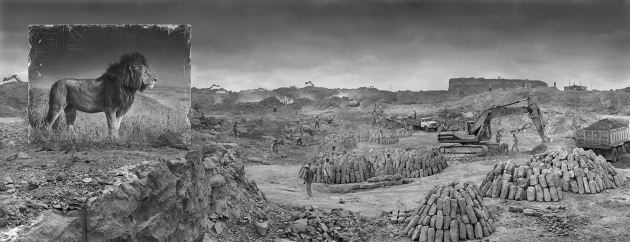One hundred of the finest photographers in the world have come together to offer an extraordinary selection of fine art to raise awareness and much-needed funding for conservation efforts around the world. The mission of the initiative, Vital Impacts, is to support organizations working to protect endangered habitats and the storytellers who amplify these critical stories.

Dr. Jane Goodall DBE, the world's foremost expert on chimpanzees, has also contributed signed prints from her time working in Gombe, Tanzania, sixty years ago. These never-before-seen images include a self-portrait, as well as two other images showing the remarkable lives of chimpanzees that she has been working to protect for over 60 years. Other contributors are drawn from the covers of National Geographic and the world's most prestigious fine-art galleries. Just a few of the exceptional photographers include Paul Nicklen, James Balog, Cristina Mittermeier, Nick Brandt, Chris Burkard, Jimmy Chin, Tamara Dean, David Doubilet, Beverly Joubert, Keith Ladzinski, Jim Naughten, Maggie Steber, Joel Sartore, Tim Flach, Carolyn Guzy, Matthieu Paley, Xavi Bou, Beth Moon, Ami Vitale, Stephen Wilkes, and Reuben Wu, who are among the hundred photographers taking part.

38 x 98 inches on 44 x 104 inch paper. From an edition of 15.
The initiative will be supporting Big Life Foundation, Jane Goodall Institute's Roots and Shoots program, Great Plains Conservation's Project Ranger, and SeaLegacy. The initiative is led by women and founded by the award-winning National Geographic photographer and filmmaker Ami Vitale and the visual journalist Eileen Mignoni.

They are also minimizing their environmental impact by offsetting their emissions. The Vital Impacts printing, shipping, ordering system, and web platform are all carbon neutral.
Visit the Vital Impacts website.

Get more stories like this delivered
free to your inbox. Sign up here.














